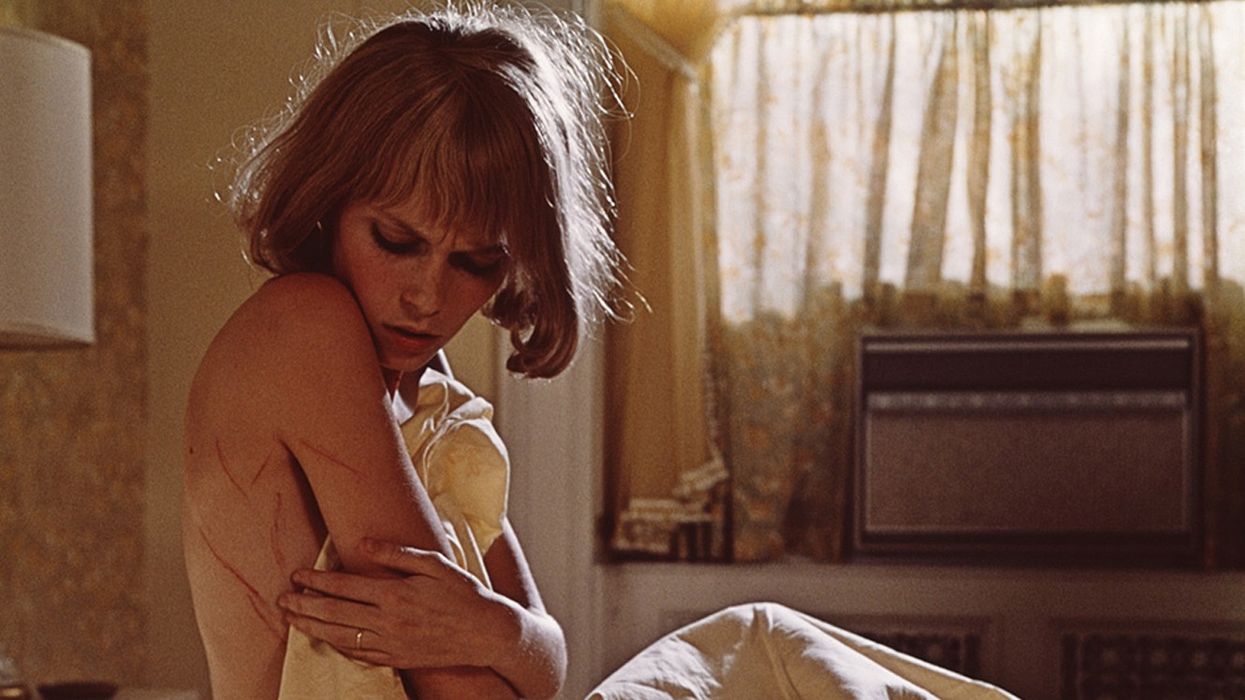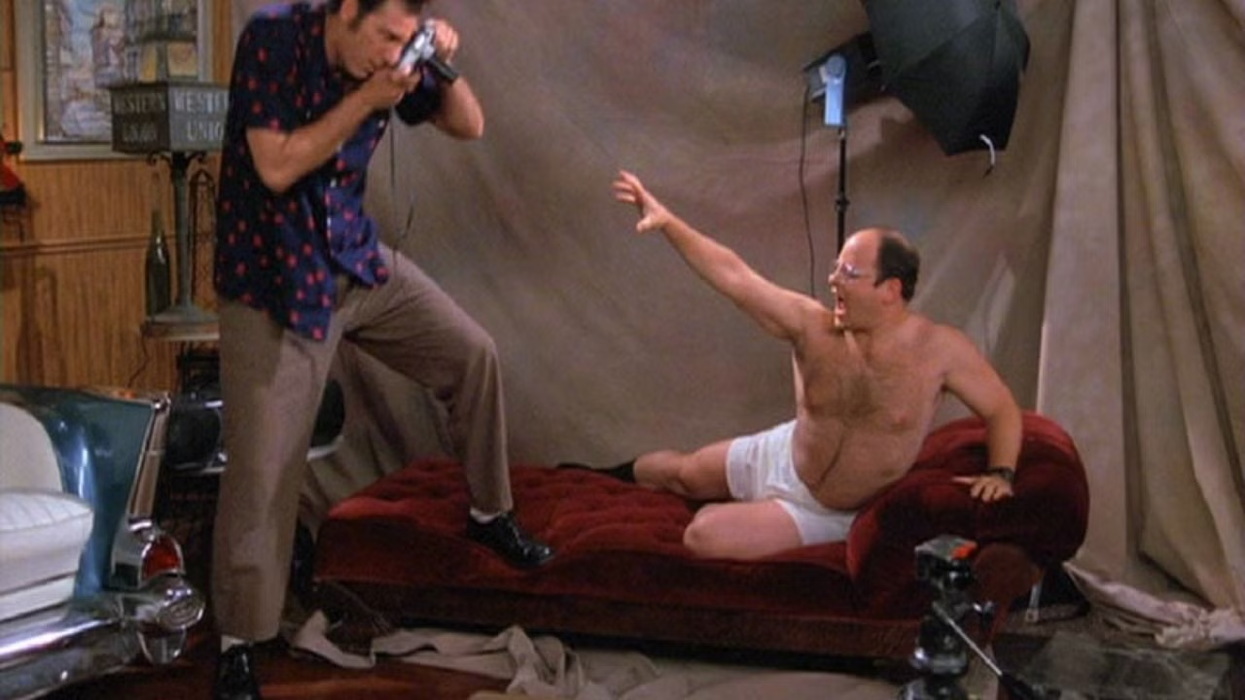Paranoia and Control: Explaining the True Horrors of 'Rosemary's Baby'
Rosemary's Baby is not just a horror film about a woman who gives birth to the spawn of Satan—it's so much more than that.

As we've said before, horror films are more than simple vehicles for scaring audiences with blood, guts, and giant monsters; they use these things to reveal what society is really afraid of. Roman Polanski's 1968 psycho-horror film Rosemary's Baby is a perfect specimen for studying this concept, because it doesn't use many techniques or tropes of the genre, like blood, gore, monsters, or jump scares, to horrify its audience, but instead relies on creating an atmosphere and story that speaks to the deeper, subconscious fears of society.
In this video essay by ScreenPrism, we get to learn about how Polanski used cinematic and narrative techniques to put his audience in the shoes of a fearful young woman who has lost control of every aspect of her life.
Rosemary's Baby explores several different themes, including "loss of control," "privacy and urban living," and "femininity." Polanski does this through the lens of realism, which proves to be a very intriguing way to manufacture fear in his audience, because everything you see on the screen looks, well, real—like it could be a snippet out of your own life.
Furthermore, as Rosemary, played by Mia Farrow, begins to distrust those around her as they take over more areas of her life, Polanski uses POV shots and unusual framing to allow the audience to see only what she sees. He puts us right there in her head so we feel just as scared, anxious, and paranoid as she does.
To gain a wider perspective, VICE made a great piece in which Polanski, Mia Farrow, and producer/Paramount studio executive Robert Evans talk about the making of Rosemary's Baby. In it, Polanski delves more deeply into the themes and realistic approach to the film.
Polanski himself has said that there is no correct interpretation for the film; some may say it speaks to women's fears of patriarchal control while others say it's a critique on urban living. You could spend hours pouring over "what it all meant," but regardless of what message Rosemary's Baby relays to you, there's no doubt that the way it was shot allowed you to feel Rosemary's pain and anxiety throughout the whole film.
Source: ScreenPrism











